

Adaptations Insect
Mouthparts, Mimicry, and Flying
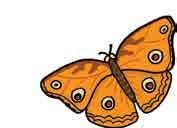
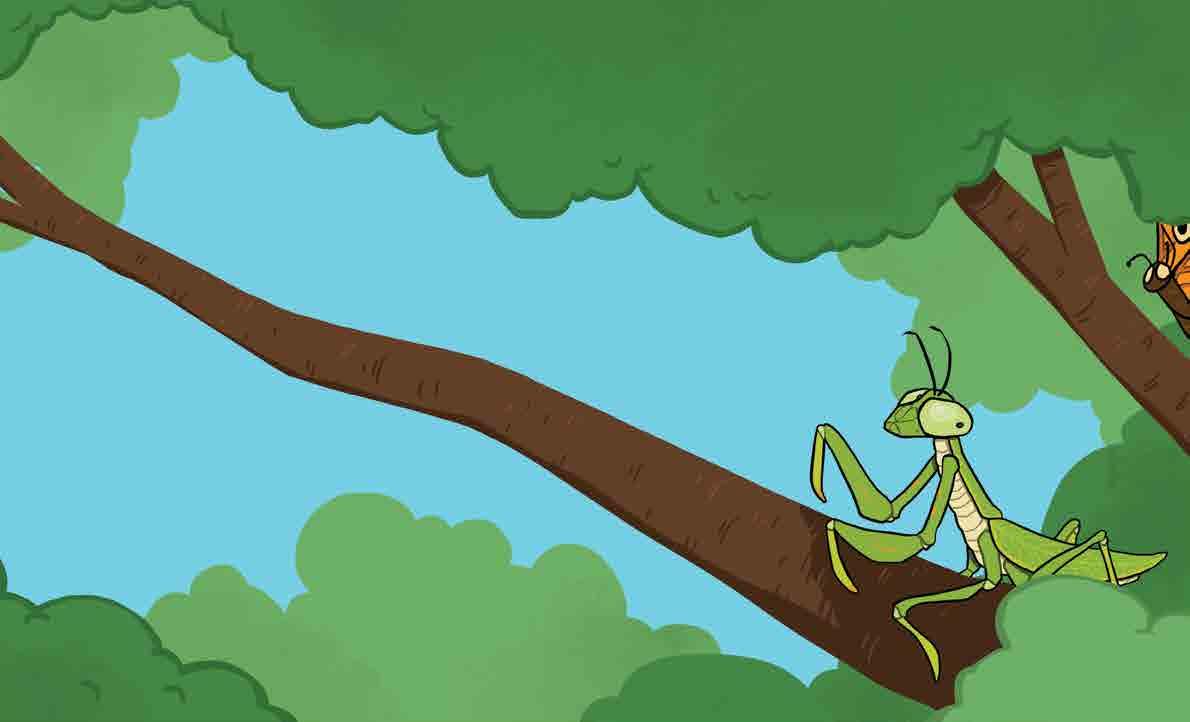
Andi
Diehn
Illustrated by Lex Cornell

Adaptations Insect
Mouthparts, Mimicry, and Flying
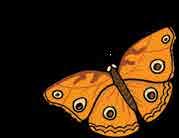
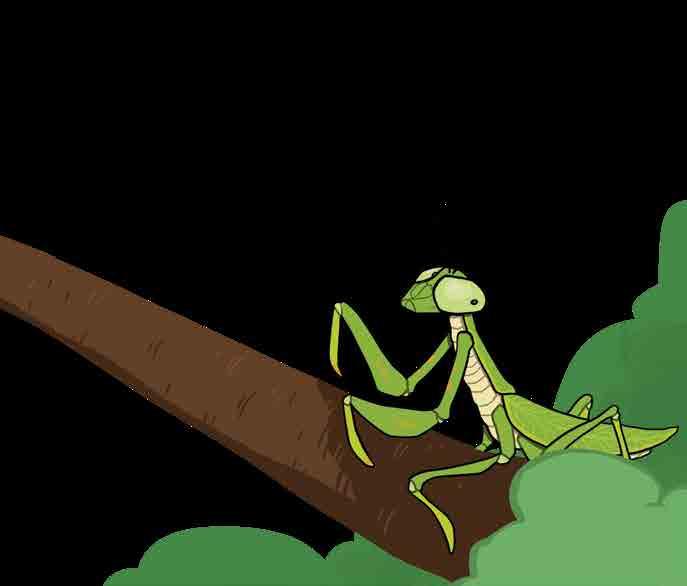
Andi Diehn
EXPLORE MORE PICTURE BOOK ADAPTATIONS!
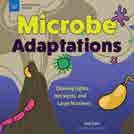

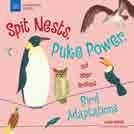
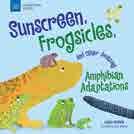
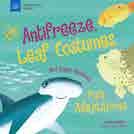
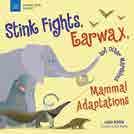
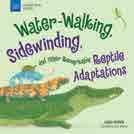
Nomad Press
Questions regarding the ordering of this book should be addressed to Nomad Press PO Box 1036, Norwich, VT 05055 www.nomadpress.net Check out
Copyright © 2024 by Nomad Press. All rights reserved. No part of this book may be reproduced in any form without permission in writing from the publisher, except by a reviewer who may quote brief passages in a review or for limited educational use. The trademark “Nomad Press” and the Nomad Press logo are trademarks of Nomad Communications, Inc.
ISBN Softcover: 978-1-64741-131-2
ISBN Hardcover: 978-1-64741-128-2
Educational Consultant, Marla Conn
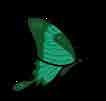
SPRINGING! FLYING! MUNCHING! HIDING! Insects are everywhere, but they can be easy to miss.

THEY’RE MASTERS OF DISGUISE, Shapes and colors blending into their environment.
THEY’RE FAST, Moving on quick legs and whizzing through the air.
THEY’RE SMALL, Folding tiny bodies into cracks and crevices.
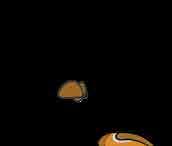
THEY’RE MANY, Outnumbering humans and all other species.
WHAT KINDS OF INSECTS ARE CRAWLING AROUND YOU RIGHT NOW?
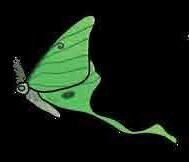
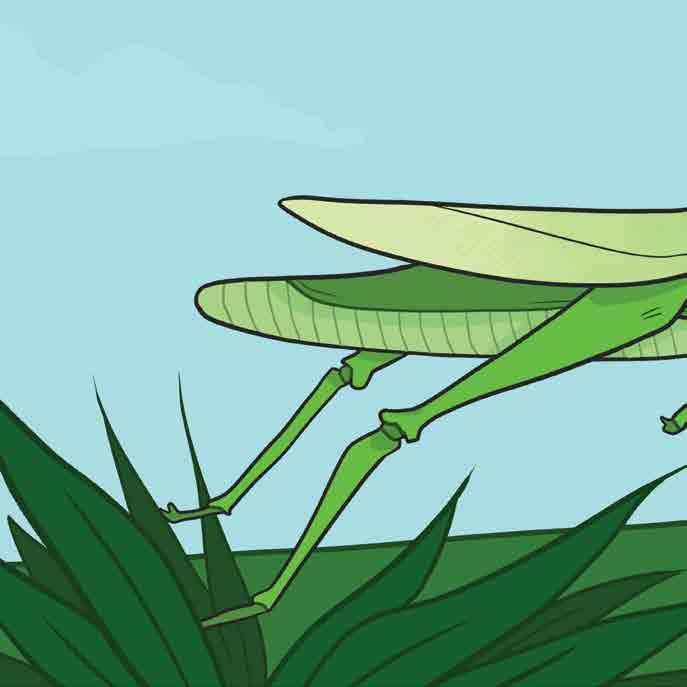
Have you ever seen a grasshopper jumping up from tall grass?
Those must be some pretty strong jumping legs!
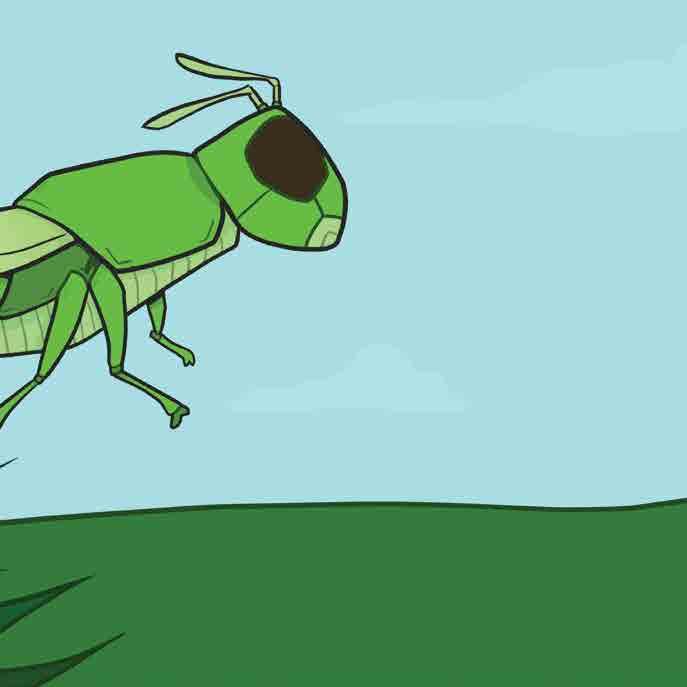
Long, springlike legs are an adaptation that helps grasshoppers survive in their habitat.
Those legs let them leap away from danger or take off in flight.
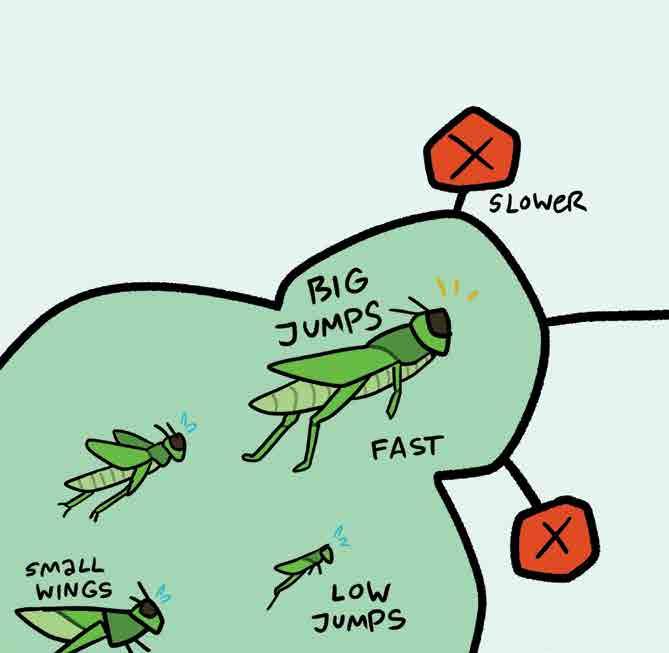
Adaptation means fitting into an environment to survive.
For example, some insects have wings so they can fly around.
Others have strong jaws to chew their food.
Insects with traits that help them survive live long enough to pass down these characteristics to their offspring.
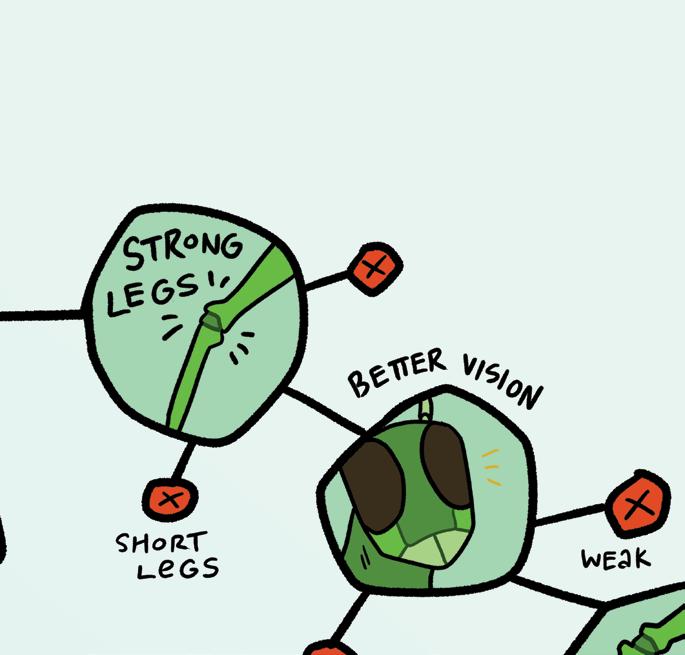
Because the offspring have the same characteristics as their parents, they are the ones to survive.
As time passes, the characteristics that don’t help with survival appear less and less often.
Mimicry is another adaptation we can see in the insect world.
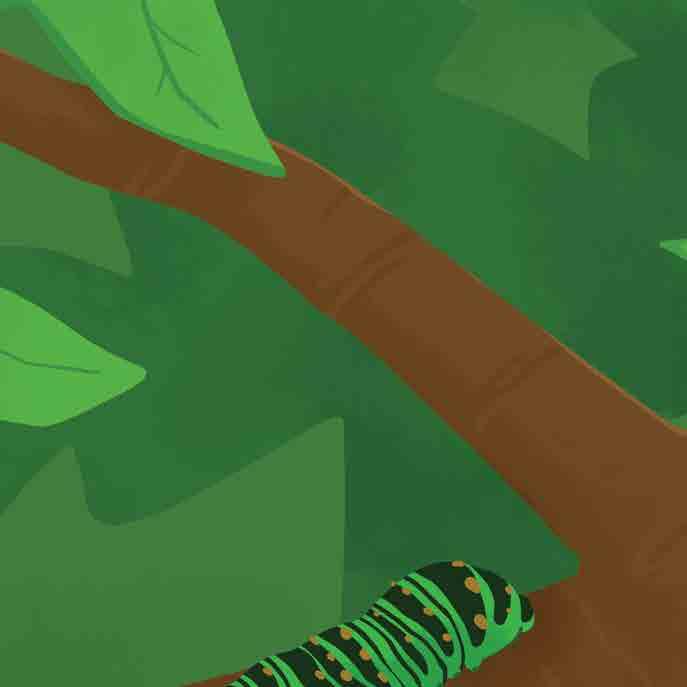
The giant swallowtail caterpillar hangs out on the tops of leaves, but it is not green like many other caterpillars that use camouflage to hide from predators.
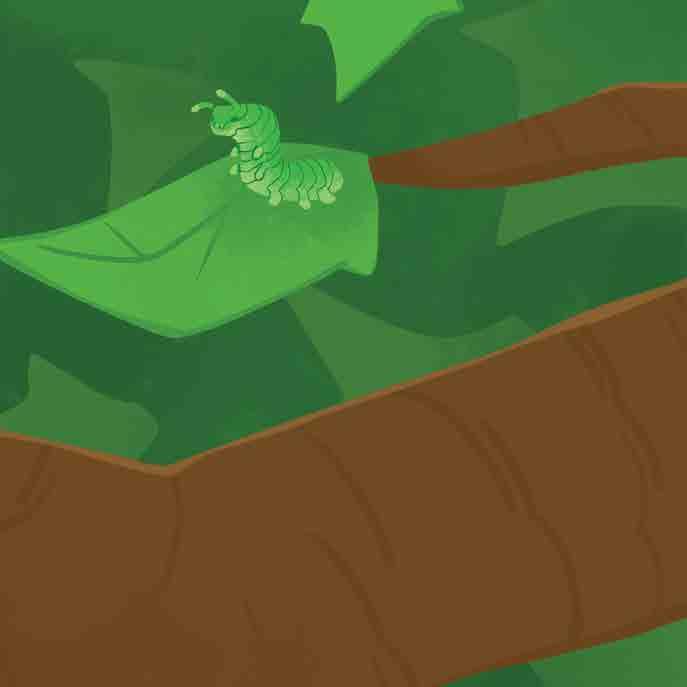
The giant swallowtail caterpillar is WHITE and BLACK, but lots of predators avoid it because it looks like . . . What do frogs order when they go to a restaurant?
FRENCH FLIES!
